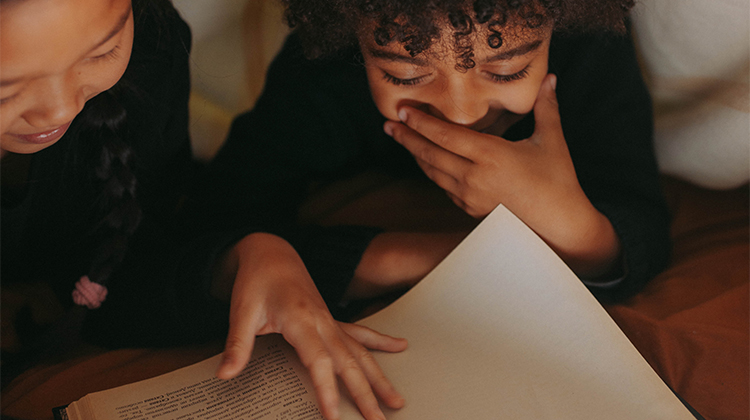Adopting a Structured Literacy Approach

For as long as I remember, I wanted to be a teacher. Fortunately, my parents made it easy for me to practise being one at a young age, by bearing me with three younger sisters for which I could ‘play schools’. I don’t know what the appeal was for me, but perhaps it had something to do with my love of books and imparting knowledge to others - but the appeal always stuck.
Although I didn’t know it at the time (as the resident six-year-old teacher of the family), I was one of the lucky ones. I had always been surrounded with a plethora of books in the home and I found the process of learning to read to be highly uneventful. I don’t remember how I learnt, but for me, I don’t recall it being difficult. But as an adult as a ‘real teacher’, I quickly learnt that this isn’t the case for a vast number of students.
Enter my second year of teaching. I was a graduate, teaching Year 4, and on my first day of the school year, I vividly remember the excitement, anticipation and, dare I say it, confidence, I felt on that initial day as the students entered the room. I also remember having the wind blown out of my sails when I discovered a new student to the school, who I will name Jacob, could not read. Although perplexing and of huge concern to me, the bit that got me was that when I delved into my mental toolkit on how to help him, I came up short. I realised that after completing a full undergraduate degree, I had no idea how to teach a student how to read.
Probably naively, I had made a promise to Jacob that by the end of that year, he was going to be reading, yet I had no idea where to start to make that happen. I hadn't been taught this at university, knew nothing about the alphabetic code or phonemic awareness, explicit teaching of phonics or vocabulary, or structured literacy, as I had been taught the now debunked ‘whole language’ approach.
I spent that year reading every bit of research I could get my hands on, attended every professional learning event I could during my holidays, and each school day I spent every spare moment with Jacob doing what I now know as ‘intervention’ to try and catch him up. I am not saying for a moment I did this well, but I do know that by the end of that year, Jacob was reading Goosebumps books, which was the book du jour.
By the end of that year, he was a different child to the one that first walked through that door. He wasn’t reading with amazing fluency, but he was cracking the code and he was comprehending what he was reading. As a side note, his behaviour also changed - he was happier, and the challenging behaviours exhibited from the start of the year had all but vanished. For him, yes somehow, I haphazardly taught him to read, but for me, I was the one that benefitted the most; as unbeknown to Jacob, he paved the way for my career to not only upskill myself in what is evidence-based practice and the science of reading, but also to advocate for every Jacob of the world. And that brings me to this book.
I have written this book - High Impact Reading Instruction and Intervention in the Primary Years - From Theory to Practice - for every passionate teacher, education assistant, principal or deputy principal that has a deep desire to maximise the literacy progress and achievement of their students. Through this book, I aim to take the research of what makes the greatest impact in reading instruction and translate it into accessible, practical knowledge and routines for the primary classroom. My hope is that this book supports teachers in knowing that their teaching is aligned with scientifically based research to ensure literacy success is experienced by every student.
The book is broken into two parts, the first being the fundamentals of high-impact instruction and the second specifically targeting the reading science.
In Part 1, I discuss the fundamentals of high-impact literacy instruction and intervention – practices that have been proven to take classroom teaching to the next level. In Part 2, I explore the underpinnings of the reading science, of how children best learn to read, while connecting the research to practical examples on how to implement structured literacy in the classroom. This section concludes with a chapter on how to pull it all together into a literacy block within a knowledge-rich curriculum.
Like our physical health, wellness is an ongoing journey of work. Adopting a structured literacy approach is similar. I like to use a flying analogy. Schools may be on the runway, taking off or already in flight or they may even be in the departure lounge! However, depending on how far along you are, we still have students that we see face to face each day and any tweaks are being made along the way. Some of these changes will be quick and others will take time, but when we are clear about our why for change, then it is all worthwhile.
In the words of Laura Fontina, “Literacy is the jump-off point for which all of life’s success take flight”, and my vision is this for every student.
Image by Yaroslav Shuraev